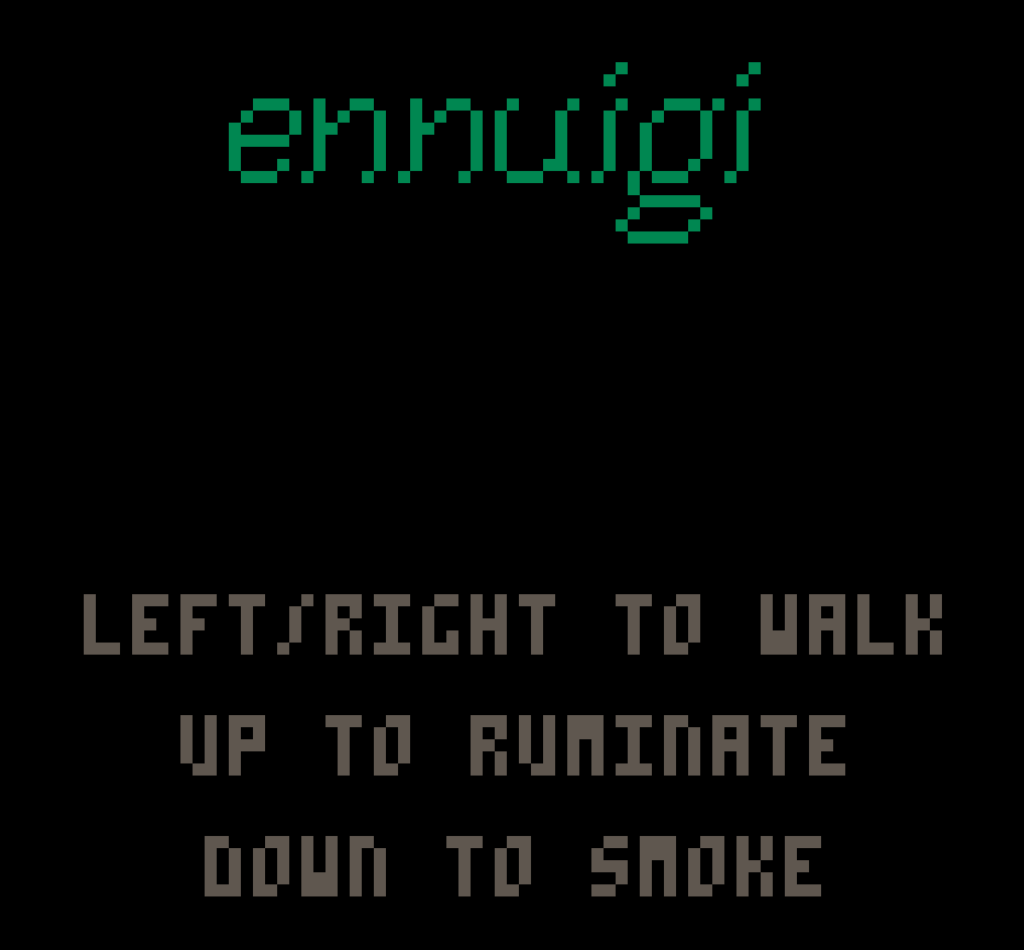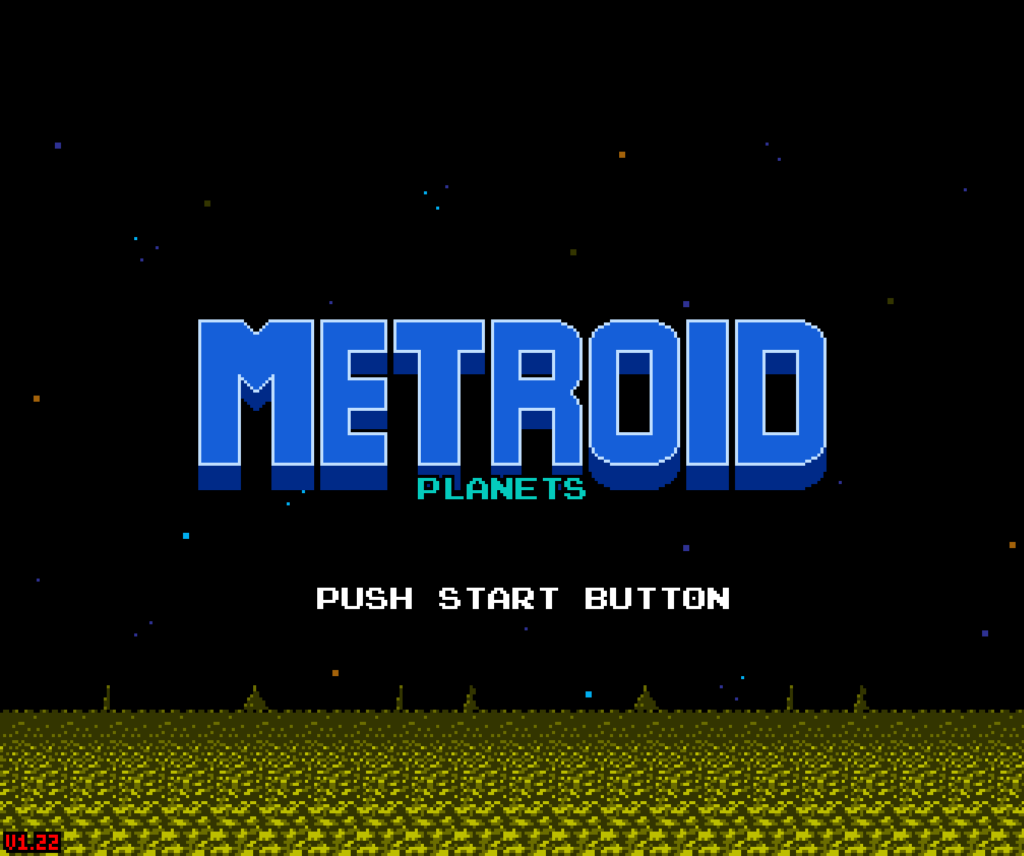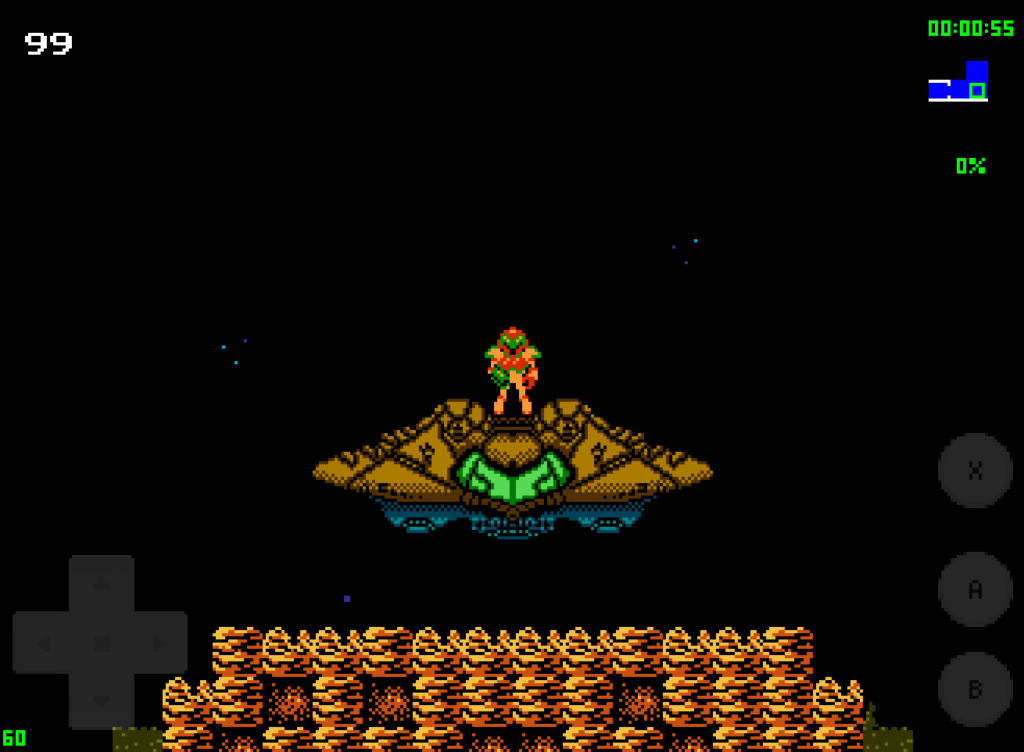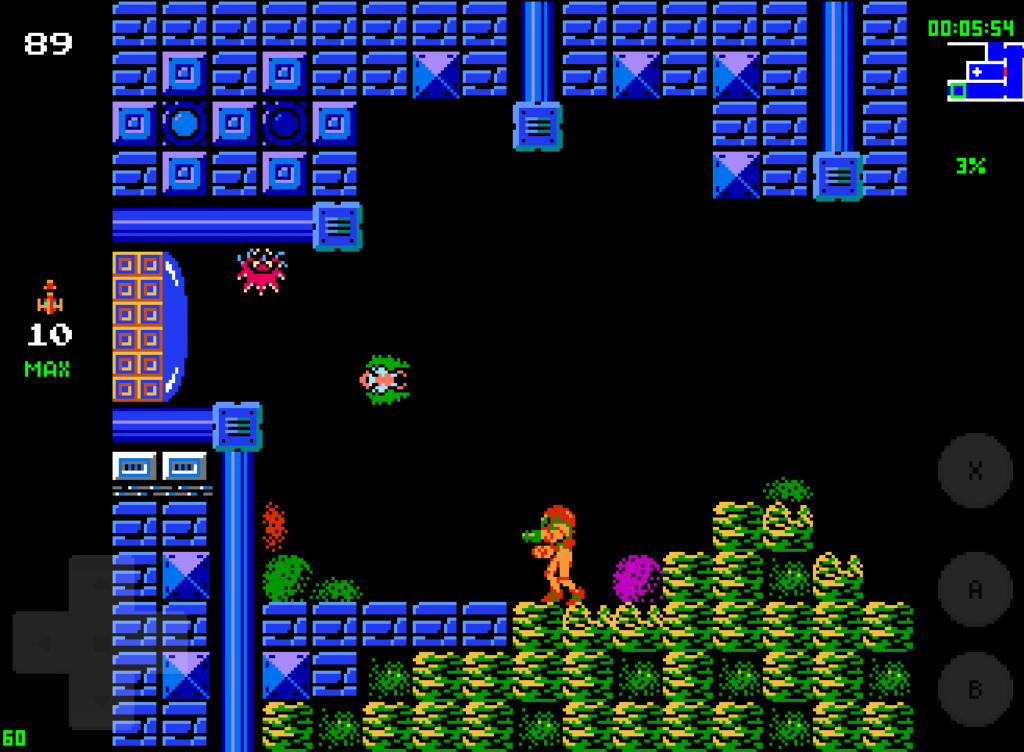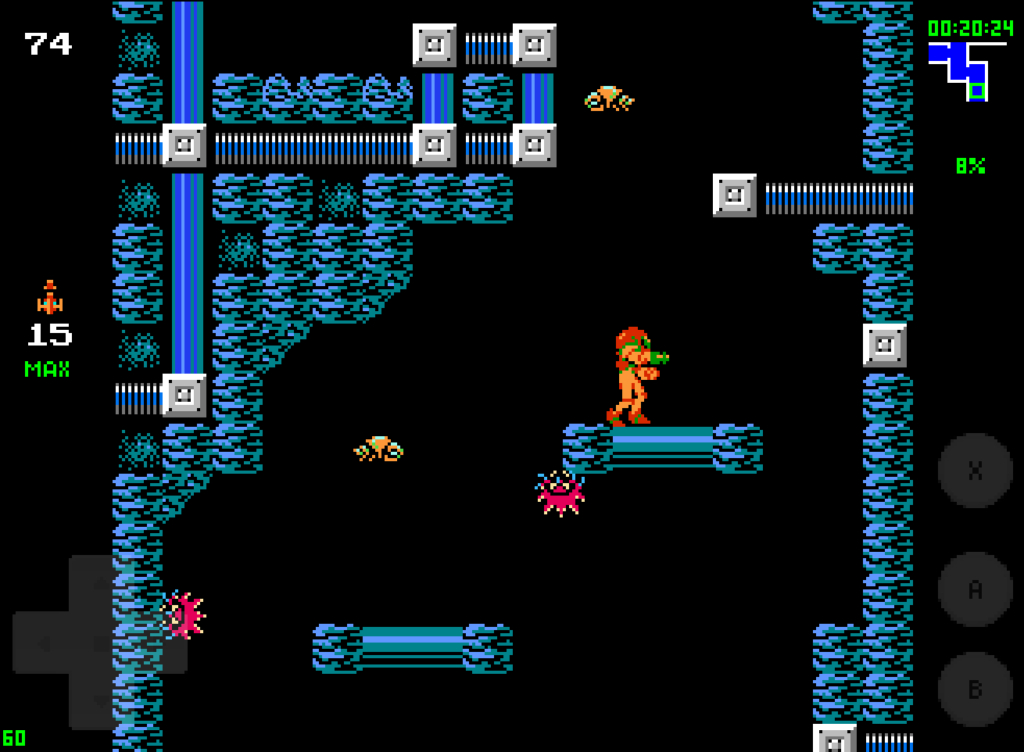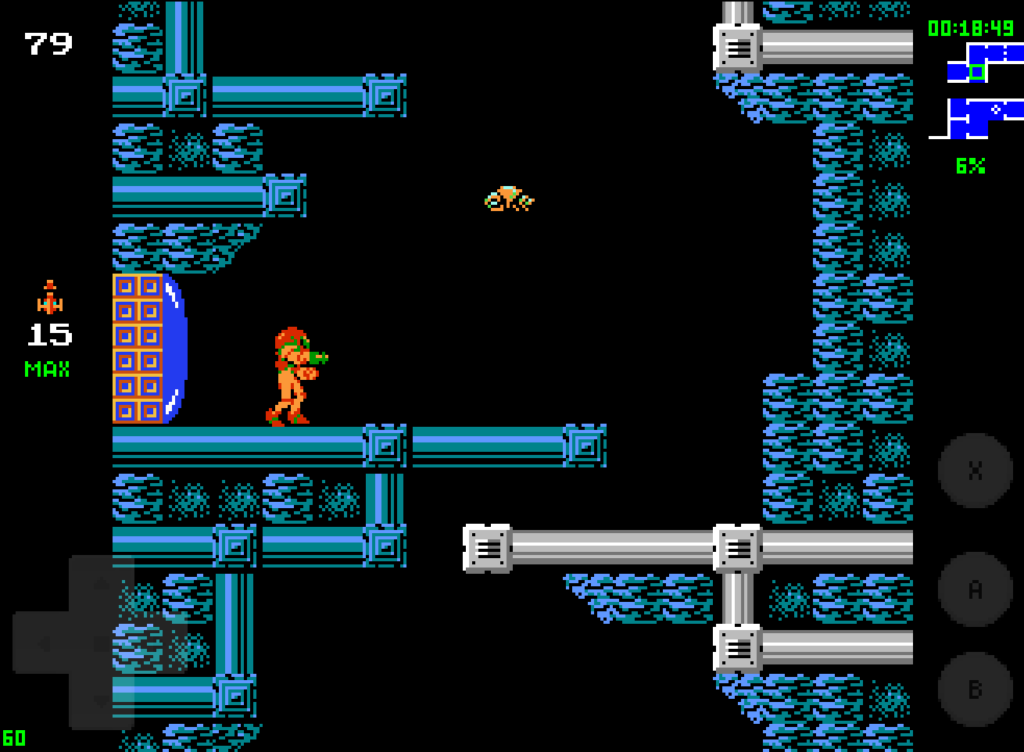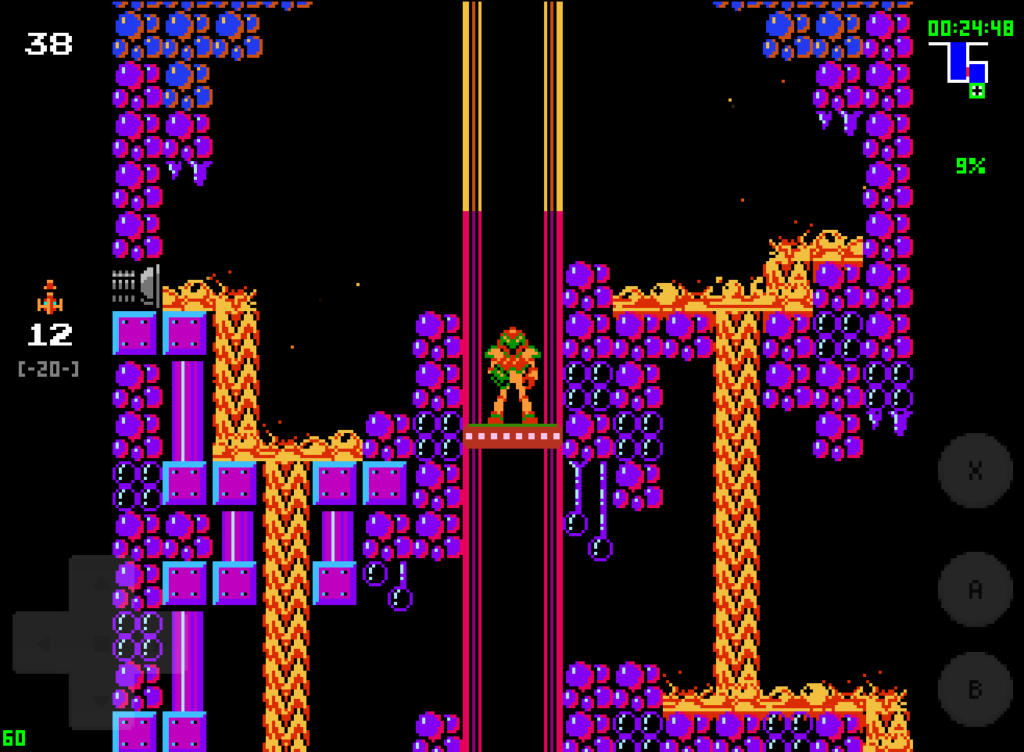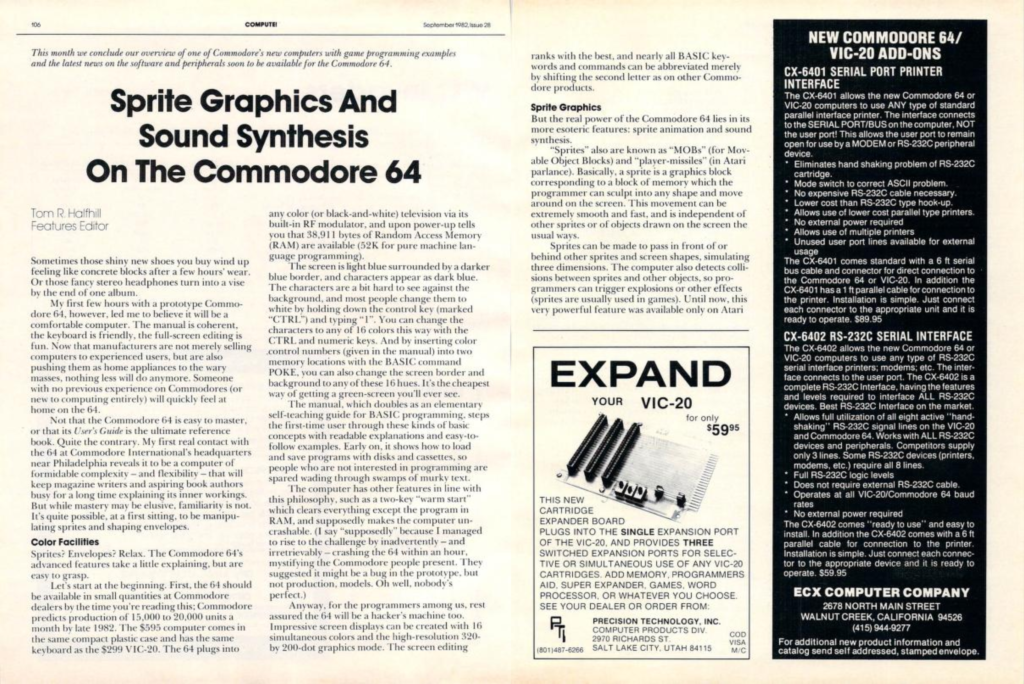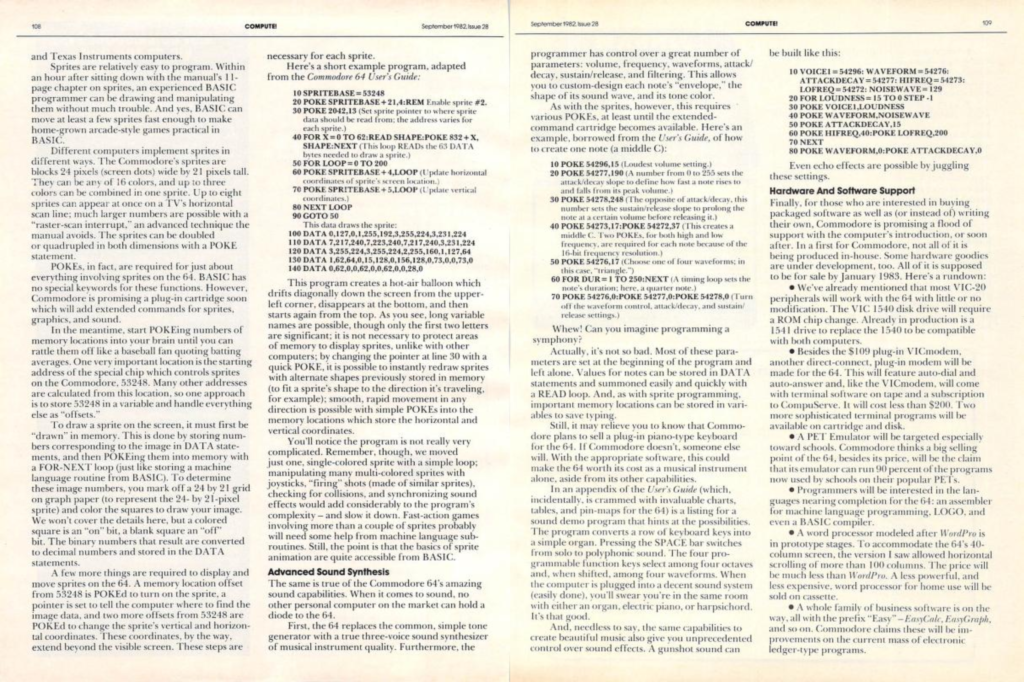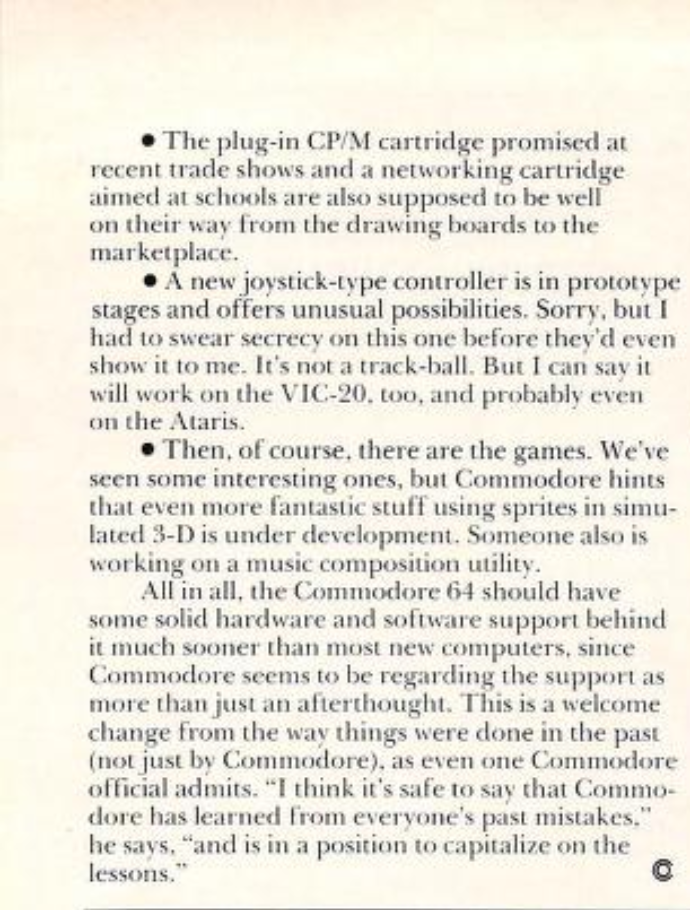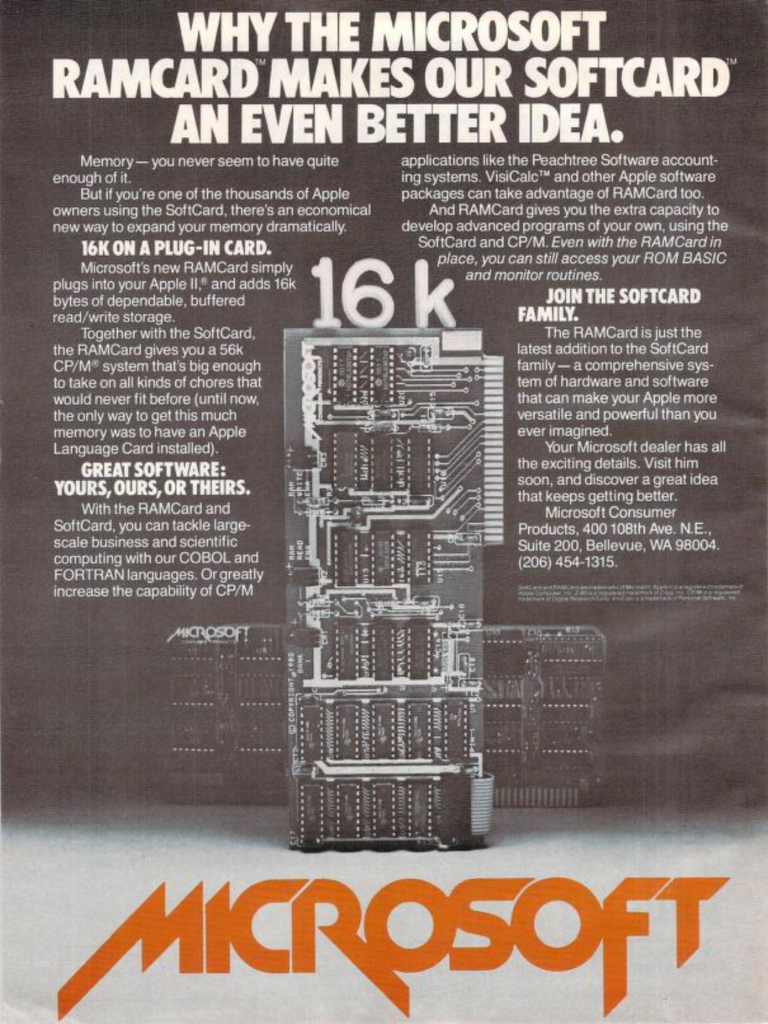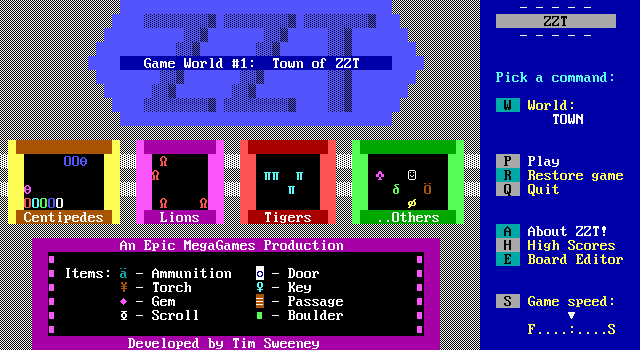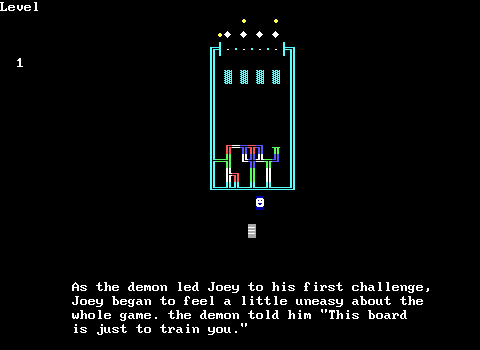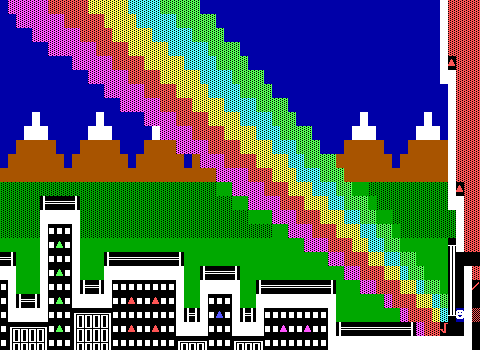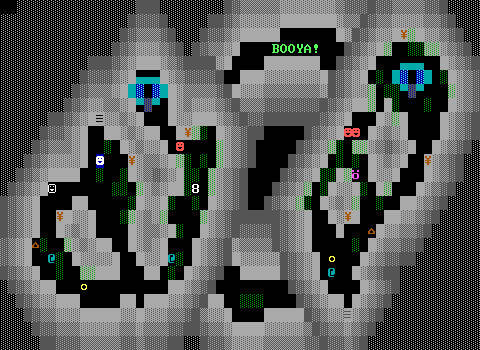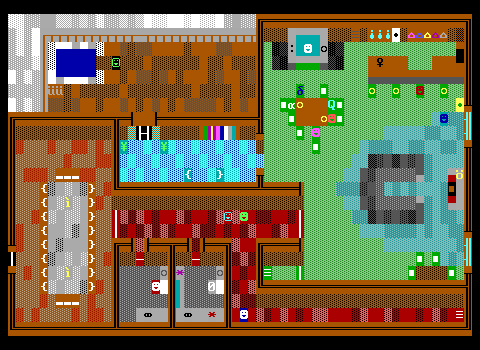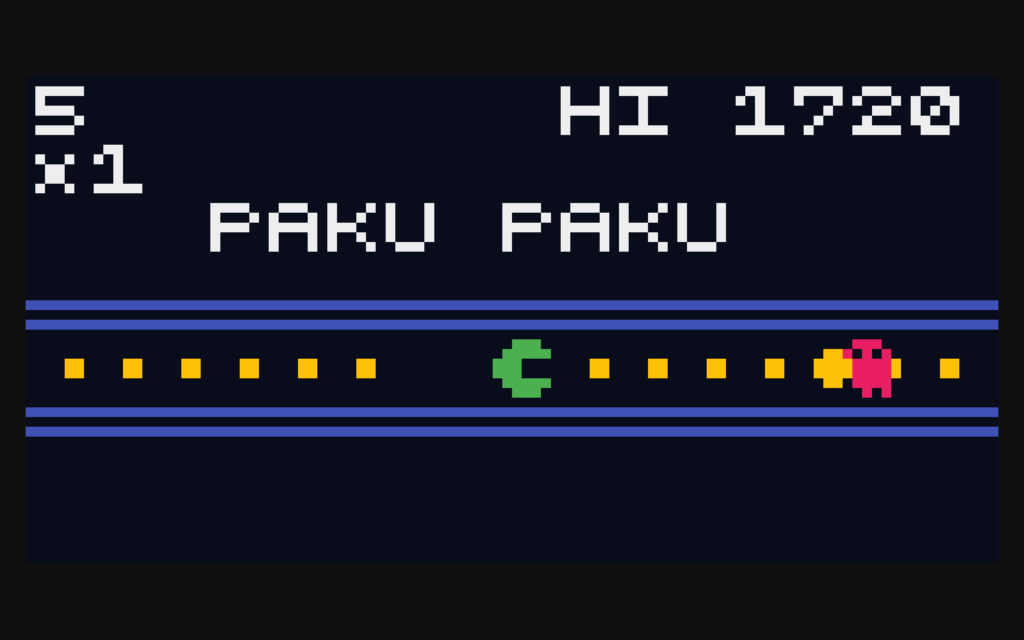
It’s a silly NetHack-themed game about exploring a dungeon, presented through a bunch of characters sitting around passing a blunt between them. It’s not really that hard, but there is a bit of strategy to it.
You and your pet sit around a campfire with other characters from that dungeon level and talk about things. Your character and your pet can say things like, they want to be less or more aggressive on the next level, or they want to invoke Elbereth, or they want to use an item; other characters may say things like telling you where fewer or more fights will be, or where treasure is. Or they may have nothing of importance to say.

Every time a character says something, they must pass the blunt, which when it’s depleted signals it’s time to go to the next level. (C’mon, you know all the characters in this dungeon have to be potheads.) All of the fighting and stuff happens in simulation between conversations. Your character or their pet may be wounded (observe their hit points when their conversation turn comes up), or even die at this phase. It’s possible for your pet to die but your character go on to win. It’s also possible for your character die and your pet go on to win the game, which is not something that can occur in NetHack.

It’s a very simple game, and as stated, not really that difficult. But it’s fun, and might give a chuckle to NetHack fanatics. It’s free and completely playable in browser!
Blunt Quaternion (itch.io, $0)


